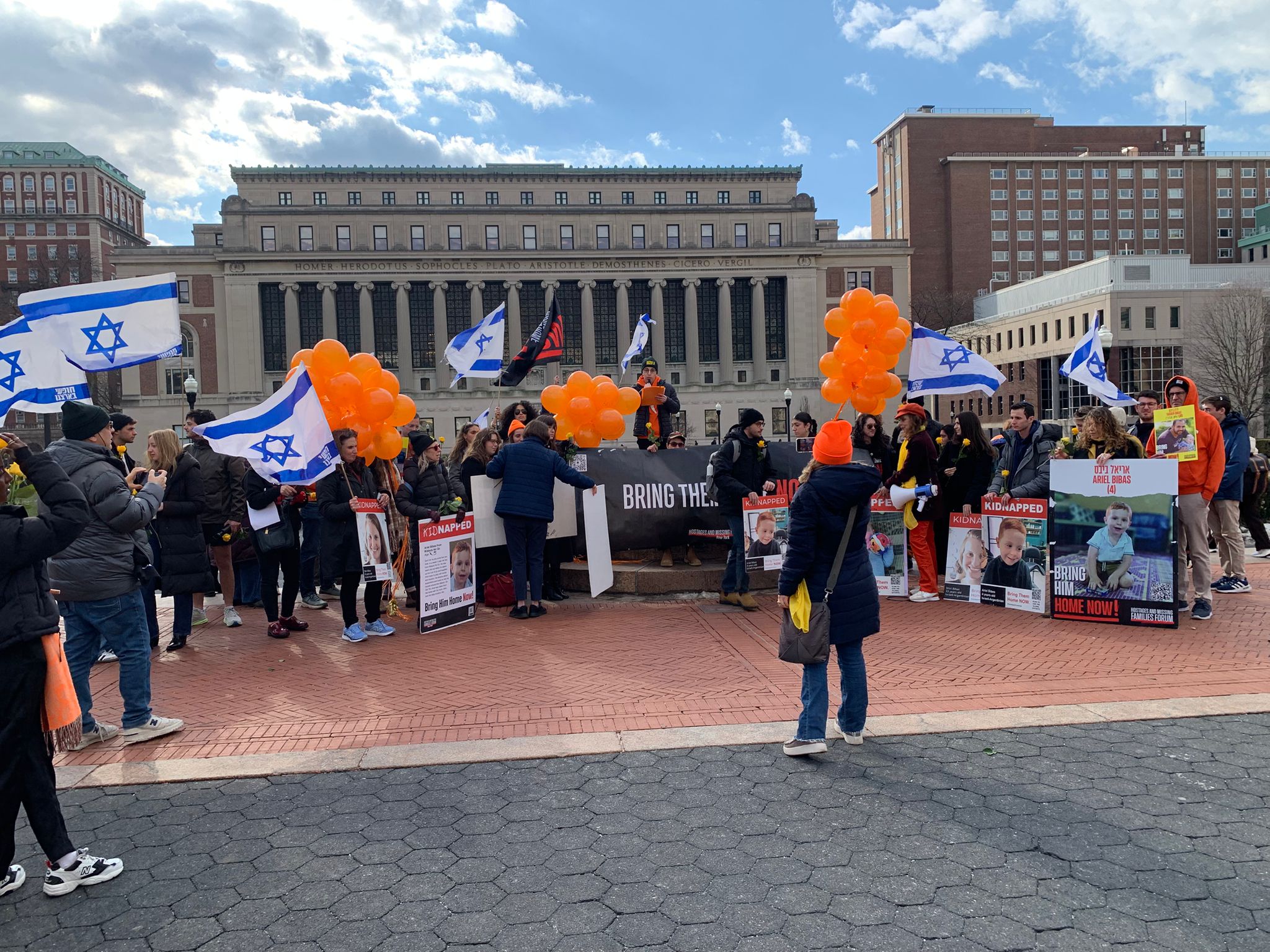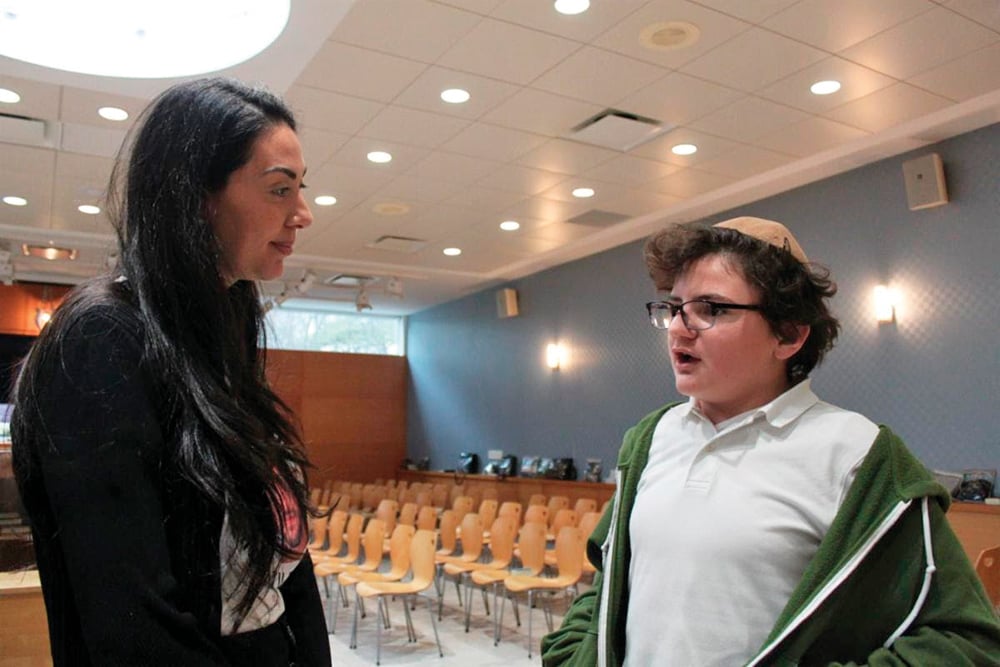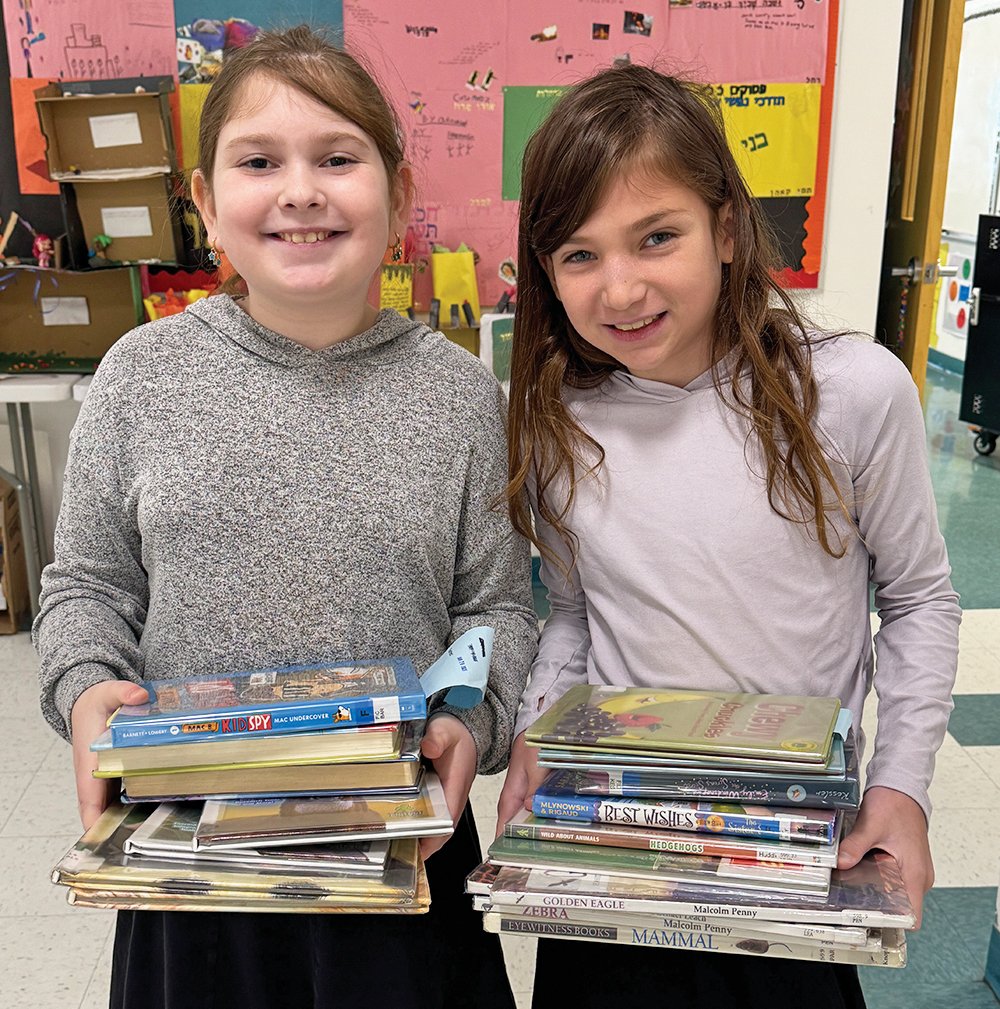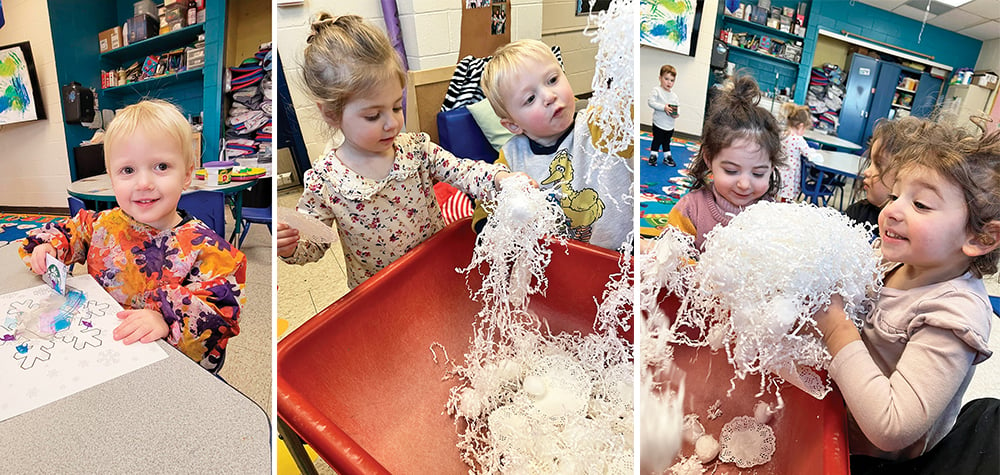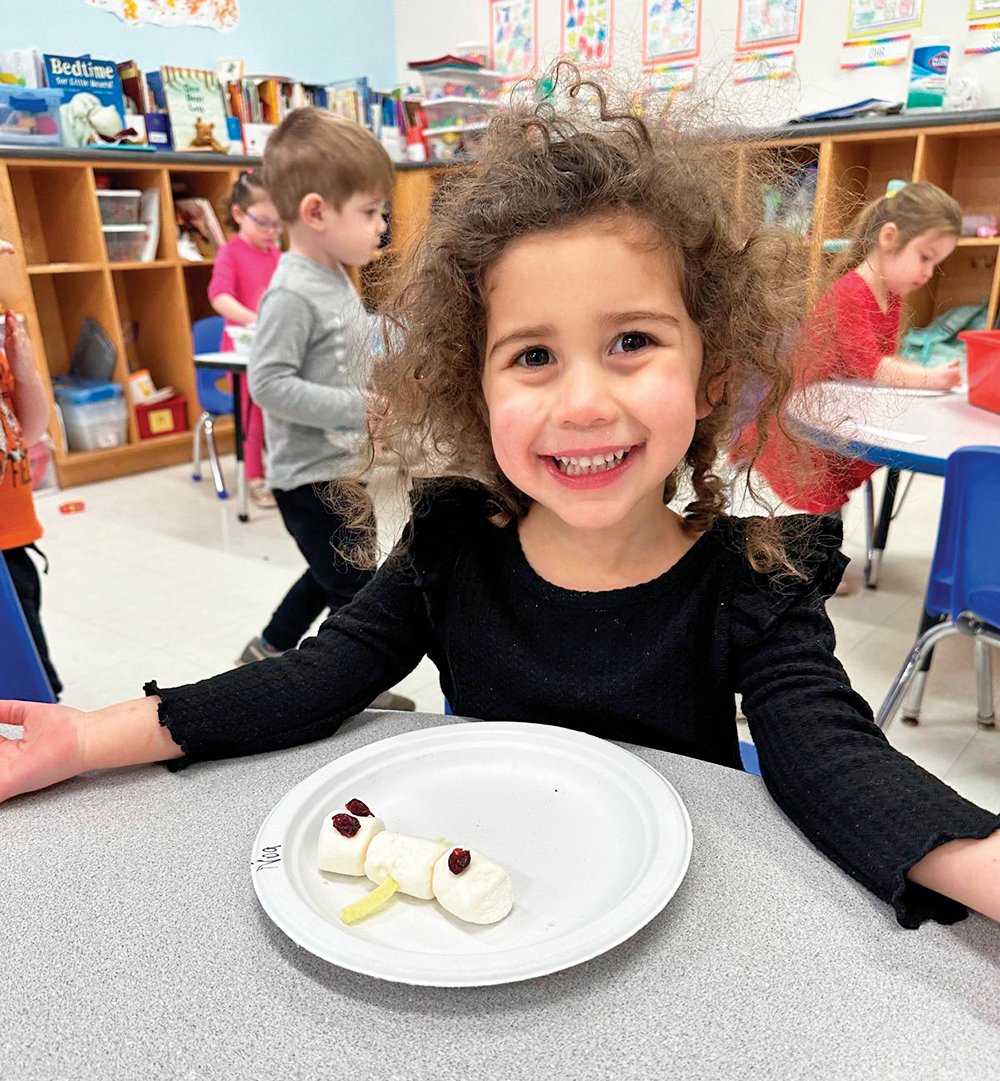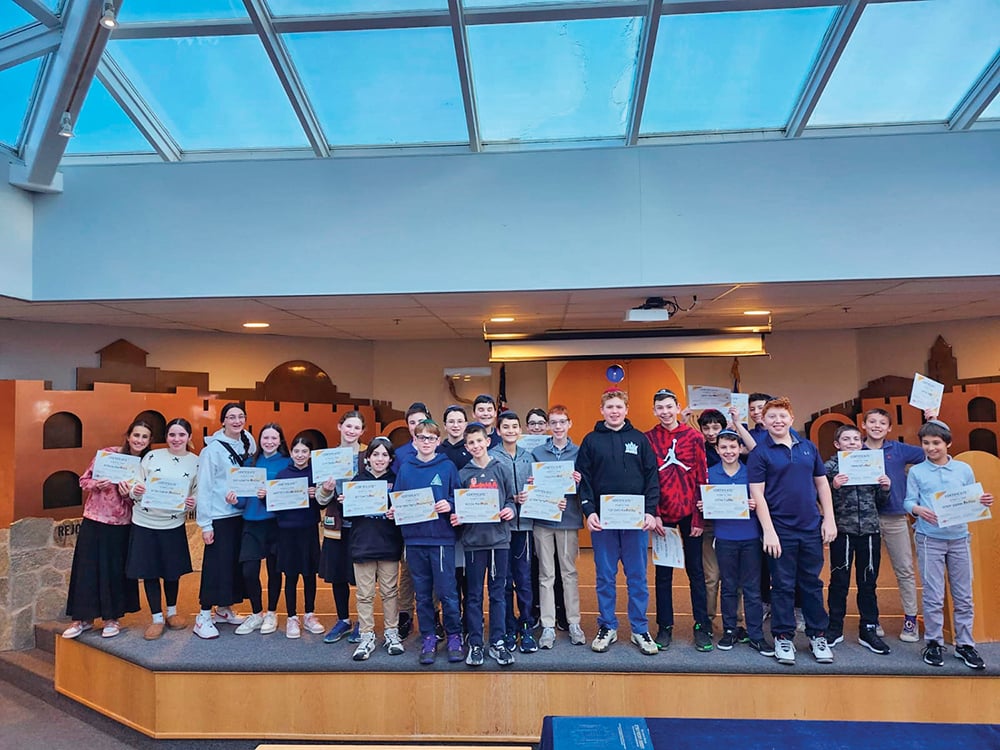From its humble beginnings in the shtetl of Mir, Belarus, to fleeing to Shanghai and relocating in Yerushalayim — for more than 200 years — the Mirrer yeshiva has been a center of Torah learning and personal development. A scion of the Mirrer yeshiva leadership, Rav Nosson Tzvi Finkel, zt”l, had arrived there as a teenager from Chicago. After thirty years of learning, he finally assumed the position of rosh yeshiva in 1990. He was an unparalleled masmid (diligent Torah scholar) and showed almost superhuman resilience and determination in learning and spreading Torah — even while facing the challenges of severe Parkinson’s disease for much of his adult life.
Through his efforts, guidance and care the yeshiva grew five times larger, becoming the largest center of Torah in the world. Today, a visitor to the yeshiva will be met by the roar of thousands of voices of learning, recital and holy debate — like an enormous lion of fierce spiritual power. In addition to teaching and maintaining personal relationships with countless talmidim, the rosh yeshiva shouldered the financial responsibility of the entire enterprise, and became one of the greatest builders of Torah and Yiddishkeit in modern Jewish history.
Once — while at a wedding of a talmid at a hotel in Bayit Vegan, Jerusalem — Rav Nosson Tzvi heard that the hotel’s rooftop lounge offered a sweeping view of the entire city. Excitedly, he asked to go upstairs and take a look. Although in his advanced stages of Parkinson’s disease — each and every step was a challenge — he threw incredible effort into walking, and after much time, he arrived exhausted at the elevator. As he rested, a student accompanying the rosh yeshiva sought to understand his rebbe’s intent: since when was he so interested in the view?
Smiling ear-to-ear, Rav Nosson Tzvi explained, “Didn’t you hear? Yeshivas Knesset Yisrael, ‘the Chevron yeshiva,’ is expanding their campus in Givat Mordechai! I’ve been davening for its successful completion for so long. I want to see their progress!”
At the time, Rav Nosson Tzvi was wrestling with heavy debt from his own ambitious building projects and expansions — on top of the overwhelming financial burden of the many Mirrer institutions. Yet, he rejoiced triumphantly at the sight of another yeshiva’s success.
~
After the tragic fratricide story of Kayin and Hevel, Sefer Bereishis goes on to detail the heart-wrenching conflicts between Yishmael and Yitzchak, Eisav and Yaakov and Yosef and his brothers. Only after leading us through these painful, adversarial and dysfunctional sibling rivalries, the Torah brings us to Sefer Shemos — the account of our redemption. Here begins the account of the tikkun, the antidote to all those negative patterns and broken family relationships.
In our sedra, as Moshe ascends to the leadership of Am Yisrael, he feels uncomfortable; perhaps, his older brother, Aharon, would feel slighted. But the Ribbono shel Olam assured Moshe that he need not be concerned:
וַיֹּאמֶר בִּי אֲדֹ-נָי שְֽׁלַח־נָא בְּיַד־תִּשְׁלָח׃But he said, “Please, My God, send through whomever You will send … make someone else Your agent … ”
וַיִּֽחַר־אַף ה׳ בְּמֹשֶׁה וַיֹּאמֶר הֲלֹא אַהֲרֹן אָחִיךָ הַלֵּוִי יָדַעְתִּי כִּי־דַבֵּר יְדַבֵּר הוּא וְגַם הִנֵּה־הוּא יֹצֵא לִקְרָאתֶךָ וְרָאֲךָ וְשָׂמַח בְּלִבּוֹ׃
Hashem became angry with Moshe and said, “There is your brother Aharon … He, I know, speaks readily. Even now he is setting out to meet you, and he will be happy to see you.”
(Shemos, 4:13-14)
A literal translation of the last phrase is: “He will see you, and rejoice in his heart.” Rashi confirms that Aharon was genuinely happy for his brother, and celebrated his success. The Midrash Rabba says: היו שמחין זה בגדולת זה, וזה בגדולת זה — “They would both rejoice in one another’s greatness (achievements).”
Together, Moshe and Aharon are role models of brothers who complement one another and work together. They had the admirable middah of fargin — a trait of genuine, unselfish delight and pride in the accomplishments of the other.
הִנֵּה מַה־טּוֹב וּמַה־נָּעִים שֶׁבֶת אַחִים גַּם־יָחַד“Look, how ‘good’ and how ‘pleasant’ it is when brothers dwell in unity!” (Tehillim, 133)
Here, טּוֹב — “good,” refers to Moshe, as when he was born, his mother “saw that he was good.” Likewise, נָּעִים — “pleasant,” refers to Aharon, who reconciled alienated spouses and friends. As the kohen, Aharon blessed all with shalom, leaving a trail of pleasantness wherever he went.
Moshe wished for his older brother, Aharon to lead; while Aharon deferred to his younger brother, Moshe. They covered for one another and wished one another success. Rebbe Shimon bar Yochai reveals that in merit of Aharon’s fargin — rejoicing over his brother’s achievements — he merited to wear the Urim v’Tumim, the breastplate of the kohen gadol: הלב ששמח בגדולת אחיו יבוא וישמח — “The heart that rejoiced over the greatness of his brother was given the joy of being adorned with the breastplate upon which was inscribed the names of all of Am Yisrael.”
~
It is no mistake that our redemption from Egypt manifested through two brothers who worked together in harmony. They had different roles, but they considered each other equals — not competitors. And, this is a lesson for us as well: when we are confident in ourselves and comfortable with our role in the world, we can be mefargein — happy that our brothers and friends are successful. Rambam, in Sefer HaMitzvos (206), defines “fargin” as a core Jewish value: “Whatever I wish for myself, I should wish the same for that person.”
Reb Yerucham Levovitz — in Daas Chochmah u’Mussar — notes that the greatest among us can be swept up in jealousy and stink-eye. Indeed, how challenging it is to not become ensnared in some subtle form of rivalry, and to fully and sincerely rejoice in one another’s success. But this points to the exalted level of Aharon, and why he is one of the most beloved holymen in our history.
May we be elevated above the perception of inner lack which drives jealousy and competitiveness, and may we climb to see the awesome panoramic view of the “goodness” and “pleasantness” of our people. May we celebrate one another’s achievements and successes, and — in this way — wear the “breastplate of Aharon,” inscribed with the name of every Jew, upon our heart.
Rav Judah Mischel is executive director of Camp HASC, the Hebrew Academy for Special Children. He is the mashpiah of OU-NCSY, founder of Tzama Nafshi and the author of “Baderech: Along the Path of Teshuva.” Rav Judah lives in Ramat Beit Shemesh with his wife Ora and their family.



